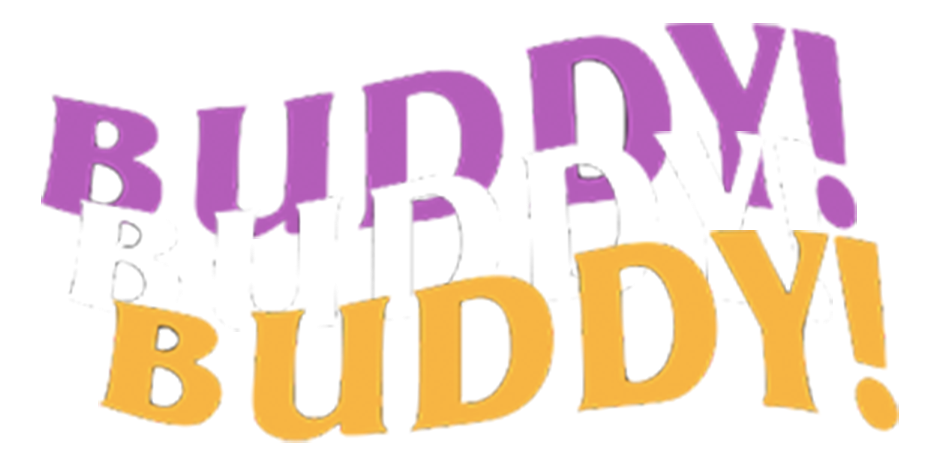Eating Snow: Is it Safe or Not?
Jaob Hu (G11)
Have you ever decided to take a bite of some soft, fluffy snow, but suddenly wonder… is it safe?
On an ordinary winter day, you are walking back home from school and you accidentally slip a white blanket of fluffy snow; you feel the coolness of the snow on your face, and then decide to take a bite of it, but you suddenly wondered, is it safe?
Nowadays, whenever it snows, children, teenagers, and even adults would go out and enjoy the snow, usually for Instagram photos or snowball fight purposes. However, there are also people like me that would grab a handful of snow and eat it. A couple of years ago, whenever I went skiing and I saw the blankets of snow, I would stop, take a break, and eat some snow. Eating snow is still considered more of a Western habit, but I’m sure we’ve all come across this phenomenon at some point. Still, snow isn’t necessarily the most healthy thing to snack on, for a multiple number of health-related reasons (which I’ll go into later) but what happens when snow’s all we have? In situations where there’s no clean water, sometimes a person might be forced to consume snow, such as a person who’s stranded in Antarctica and doesn’t have access to freshwater. Then in that case, it would be best to know how to filter and clean snow.
Before the snow cleaning procedure comes in, here are some cultural facts about the art of eating snow. First, according to JustForFacts, the habit of eating snow dated back to the 1200s in Medieval Europe, where people would substitute snow as water because they couldn’t afford real clean water. Another fact can be seen on a graph posted by JustForFacts, where it shows the rate of snow consumption by humans have increased quite a bit since the start of the 21st century, the data is recorded through videos taken on security cameras in public. Fun fact, the top three countries with the most snow eaters is actually Japan, the United States, and New Zealand. Snow comes from all of the world’s lakes, oceans, rivers, and other water sources. According to The Weather Channel, snow is actually made up of 90% air and 10% water, so if you were to melt a bathtub full of snow, the water will only fill up less than a quarter of the bathtub. In other words, eating snow is just like eating cold air; you don’t get any nutrients, only a shiver. Letting a person’s body digest such cold temperatures can be harmful as it can also put a person’s core body temperature in an unbalanced situation.
However, the same could be said for any cold treats, so just be mindful of how much snow you’ve eaten. Finally, as obvious as this is, avoid yellow snow, or any colored snow. The first thing that “yellow snow” makes you think of is probably dog pee, but snow actually has another possible reason for being yellow: yellow color might be a sign of pollen. Nevertheless, avoid yellow snow unless you want a mouthful of dog urine or plant sperm. Side effects due to the consumption of snow can vary, depending on how much is consumed and the snow cleanliness. For some people it might be an upset stomach, but for others it may even be a fever.
Filtering Snow:
Let’s say that a person is stranded in a cold area on earth, with a few simple materials, they could make some clean drinking water from snow: a pot, some fire starters, and a coffee filter.
Materials (Pot, Fire Starters, Coffee Filters, & Snow)
1. find a patch of land that isn’t covered by snow 2. start a fire with wood and fire starters
3. find clean snow and put it into a pot
4. wait for snow to melt by boiling it
5. once snow is melted and boiled, put it through coffee filter
6. snow is now safe to drink and consume
*Step 5 is optional given the unlikeliness that you would have coffee filters in such a situation.
About two years ago, I use to love eating snow. In the winter time when I went skiing with my family, I always enjoyed taking a handful of snow and just stuffing it in my mouth, and I’d do that 20 times. However, I started noticing that I had a lot of stomachaches afterwards. Still, this cycle of eating snow and getting stomach aches continued until a friend of mine told me that I should really stop eating snow as its really not healthy. She also showed me some examples of the consequences of eating snow, which were traumatizing. From that day on, I stopped my snow-eating addiction and only had a tiny bit once in a while.
All in all, eating snow can have many harmful consequences to it, but just as it is with smoking, people will ignore the warnings and continue with it. Hopefully, this has made you more aware the next time you eat that delicious white chunk of snow; mind the amount of snow and the color. In my opinion, the best snow to eat is ice cream, as it is completely clean and actually has flavor to it! In other words, it’s delicious snow that won’t kill you.
Citations:
https://www.prevention.com/health/a34618470/is-it-safe-to-eat-snow/
https://www.thoughtco.com/is-it-safe-to-eat-snow-609430
https://www.thoughtco.com/yellow-snow-dangers-3444589
https://www.justforfacts.com/snow/a34618470/historyandbackground/
https://www.youtube.com/watch?v=sg6u-MStLjQ
https://www.youtube.com/watch?v=2de7WPZsRKo
https://www.accuweather.com/en/weather-news/is-eating-snow-dangerous-2/434134




